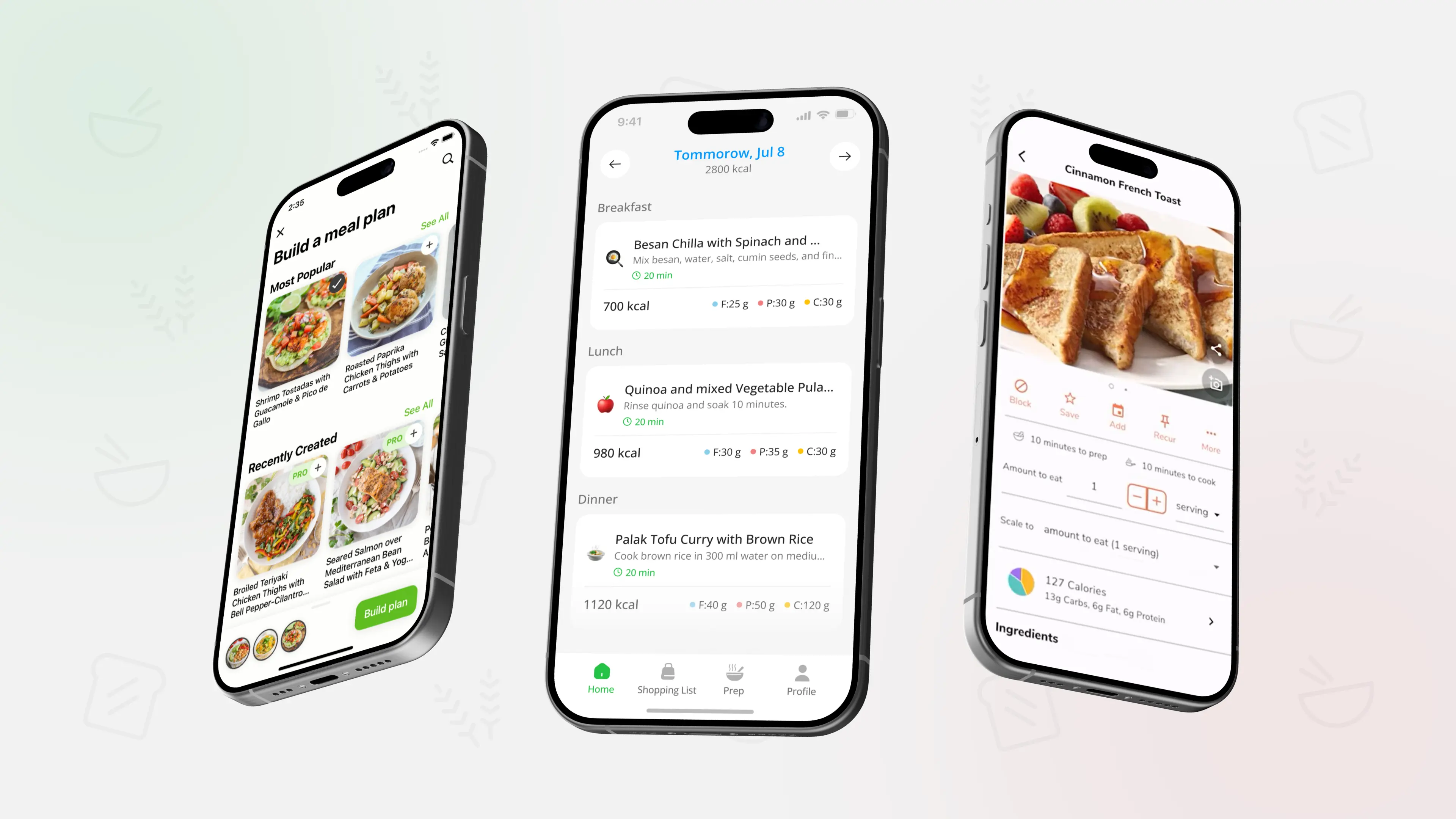Quick Meal Planning: Build a 30-Minute Weekly Plan

TL;DR: You can build a realistic weekly meal plan in about 30 minutes by reusing a simple pattern, planning around your busiest nights first, and turning a short list of meals into a grouped grocery list. The goal is not a perfect menu, but a repeatable routine that reduces daily decisions and still works when your week is messy.
Why a 30-minute weekly plan beats daily decisions
Most people do not struggle with knowing that vegetables are healthy. They struggle with opening the fridge at 7 p.m., being tired, and having nothing ready to turn into a quick dinner. Deciding what to eat from scratch every day drains energy and often leads to takeout or random snacks.
Spending about 30 minutes once a week on quick meal planning solves a different problem:
- You decide the structure of the week when you are calm instead of hungry.
- You shop once for core ingredients instead of improvising daily.
- You know which nights are for leftovers, which nights are for simple cooking, and which might be takeout.
This does not require a complex spreadsheet. A simple list of meals mapped to days is enough if the pattern behind it makes sense. If you want a slower, more step by step introduction to the basics, you can start with Meal Planning Basics: How to Start (Beginner Guide) and then come back to this faster routine when you feel ready.
A 30-minute weekly planning routine, step by step
Think of your planning session as four small blocks rather than one big task. You can do this on paper, in a notes app, or inside a meal planning app.
Step 1: Look at your actual week (about 5 minutes)
- Check your calendar for late work days, kids activities, social events, and days off.
- Mark your busiest evenings with a small symbol or color.
- Decide in advance which nights will be leftover nights or very simple dinners.
On the busiest days, plan only what you can cook or reheat in 10 to 15 minutes. Save more involved recipes for your lighter evenings.
Step 2: Choose a simple pattern for dinners (about 10 minutes)
Instead of starting from recipes, start from a pattern. For example:
- Two quick skillet or stir fry nights.
- One oven or sheet pan dinner.
- One soup or stew that creates leftovers.
- One flexible night for eating out, leftovers, or something from the freezer.
Once you have the pattern, plug in meals that fit your style and diet, such as:
- Skillet: tofu and vegetable stir fry with rice.
- Skillet: ground turkey tacos.
- Sheet pan: chicken, potatoes, and carrots.
- Soup: lentil soup with bread.
You can always swap ingredients later. For more examples of simple patterns that stretch across a week, see How to Build a Weekly Meal Plan (Examples).
If you like the idea of patterns but not the planning work, you can use PlanEat AI to generate a weekly meal plan based on your goals, dislikes, and cooking time. It creates a full week of meals and a grouped grocery list for you, and you use your 30 minutes to review the suggestions and swap anything that does not fit your real life.
Step 3: Map meals to specific days (about 10 minutes)
Now line up your chosen meals with your calendar.
- Put the easiest or leftover friendly meals on your busiest days.
- Place the soup, stew, or big batch meal early in the week if you want to reuse it for lunches.
- Leave one night blank or marked as flexible. This is your buffer for last minute changes.
At this stage, you do not need to write out recipes in full. A short note like "lentil soup plus bread" or "taco night" is enough.
Step 4: Build a grocery list by section (about 5 minutes)
Go through each meal and list the ingredients you need.
- Group items under headings like produce, dairy, pantry, freezer, and bakery.
- Combine repeated items into one line, for example all onions or all rice.
- Add your everyday staples such as coffee, milk, or breakfast foods.
A grouped list saves time in the store and makes it easier to stick to the plan later. Even if you are using a meal planning app, it is worth glancing over the generated list to make sure it matches what your household actually uses in a week.
A quick example of a 30-minute weekly plan
Here is a simple example of how your plan might look after one short session. Exact recipes can change, but the structure stays similar.
Planning constraints for the week
- Two long workdays on Tuesday and Thursday.
- One evening activity on Wednesday.
- More time to cook on Sunday.
Dinner pattern
- Monday: skillet dinner.
- Tuesday: leftover or very quick dinner.
- Wednesday: tacos or wraps.
- Thursday: leftover or prepped dinner.
- Friday: simple pasta night.
- Saturday: flexible social or takeout night.
- Sunday: oven or sheet pan dinner plus a pot of soup.
Meals plugged into the pattern
- Monday: tofu and broccoli stir fry with rice.
- Tuesday: leftover stir fry with a fried egg on top.
- Wednesday: taco night with ground turkey or beans, tortillas, lettuce, tomato, and cheese.
- Thursday: leftover tacos turned into a taco salad bowl.
- Friday: whole grain pasta with tomato lentil sauce and a side salad.
- Saturday: flexible night, for example leftovers, takeout, or something simple from the freezer.
- Sunday: sheet pan chicken with potatoes and carrots, plus a pot of vegetable soup for lunches.
If you cook this way for a few weeks, you will likely start to build your own go to list of meals. You can use that list to fill the same pattern again with different recipes. If you cook for more than one person, it may help to combine this approach with ideas from Family Meal Planning: One Plan, Everyone Happy so you are not cooking separate dinners.
If you want to save time from week to week, you can store patterns like this as reusable plans in PlanEat AI. The app keeps your weekly structure and grocery list in one place, and you only adjust which recipes or dinners fill each slot when your schedule changes.
Use prep windows to multiply the impact of your plan
A 30-minute planning session is much more effective when it is paired with a small block of prep time, even 30 to 60 minutes.
Prep once, benefit all week
On your calmest day, you can:
- Cook a pot of grains such as rice or quinoa.
- Roast a tray of mixed vegetables.
- Prepare one big batch meal such as soup, chili, or stew.
- Chop a few sturdy vegetables like carrots, bell peppers, or celery.
These components make it easier to stick with your quick dinners. For example, if rice and roasted vegetables are already in the fridge, you only cook a protein and assemble a bowl.
For a more detailed example of how to use two hours of weekend time to support your plan, you can borrow ideas from 2-Hour Weekend Meal Prep: Cook Once, Eat All Week and mix them with the fast planning routine in this article.
Simplify breakfasts and lunches
To keep your weekly plan fast, treat breakfasts and lunches as simple templates rather than full recipes.
- Rotate between two or three breakfast options, such as oats, yogurt and fruit, or eggs and toast.
- For lunches, aim for leftovers plus one or two easy combinations like grain bowls or sandwiches with vegetables.
This way, most of your planning energy goes into dinners, which tend to be the hardest meals to manage.
Habits that make quick meal planning stick
Quick planning works best when it becomes a small part of your weekly rhythm.
Pick one planning day and protect it
Choose a consistent time, such as Sunday afternoon or Friday evening, and treat your 30-minute planning session like an appointment.
Reuse what works
When a week goes smoothly, save that plan. You can repeat the whole thing a few weeks later with minor changes instead of starting from a blank page.
Stay flexible in the middle of the week
Plans are guides, not contracts. If something unexpected happens, swap meals between days or move one dinner to the freezer. The goal is to have options ready, not to follow the plan perfectly.
Adjust based on feedback
Notice how you feel across the week. If you are often short on protein or vegetables, adjust your go to meals. If you waste certain ingredients, reduce how often you buy them or choose recipes that use them up.
Over time, these habits make your 30-minute planning session feel easier and more automatic.
FAQ:
Is 30 minutes really enough to plan a whole week of meals
It can be, especially if you reuse a simple pattern and keep breakfasts and lunches basic. The first few sessions may take a bit longer, but as you build a list of favorite meals and structures, your planning time usually shrinks.
How many new recipes should I try in one week
For most people, one or two new recipes per week is plenty. The rest of your meals can come from familiar options. Too many new recipes at once makes planning and cooking feel heavier and takes longer than 30 minutes.
What if my plans constantly change during the week
Build flexibility into your plan from the start by including at least one leftover night and one very simple dinner. Choose meals that can be moved easily, such as pasta or stir fry, and keep a few freezer friendly options as backups.
Can I still eat out if I plan my meals for the week
Yes. You can treat eating out as one of the planned dinners. Mark that night on your calendar so you buy slightly less food and rely on leftovers on a nearby night to avoid waste.
Do I need a meal planning app for this, or is paper enough
Paper works well for many people. Apps can speed up the process by generating weekly meal plans and grocery lists, especially if you have specific dislikes or time limits. The best approach is the one you will actually use every week.
Educational content only - not medical advice.
A weekly plan in about 30 minutes
Plan around your busiest nights first, plug a few simple meals into a repeatable pattern, and turn them into a grouped grocery list. When you reuse what works and stay flexible, quick meal planning becomes a small weekly habit instead of a big project.


.webp)
.webp)
.webp)
.webp)
.webp)
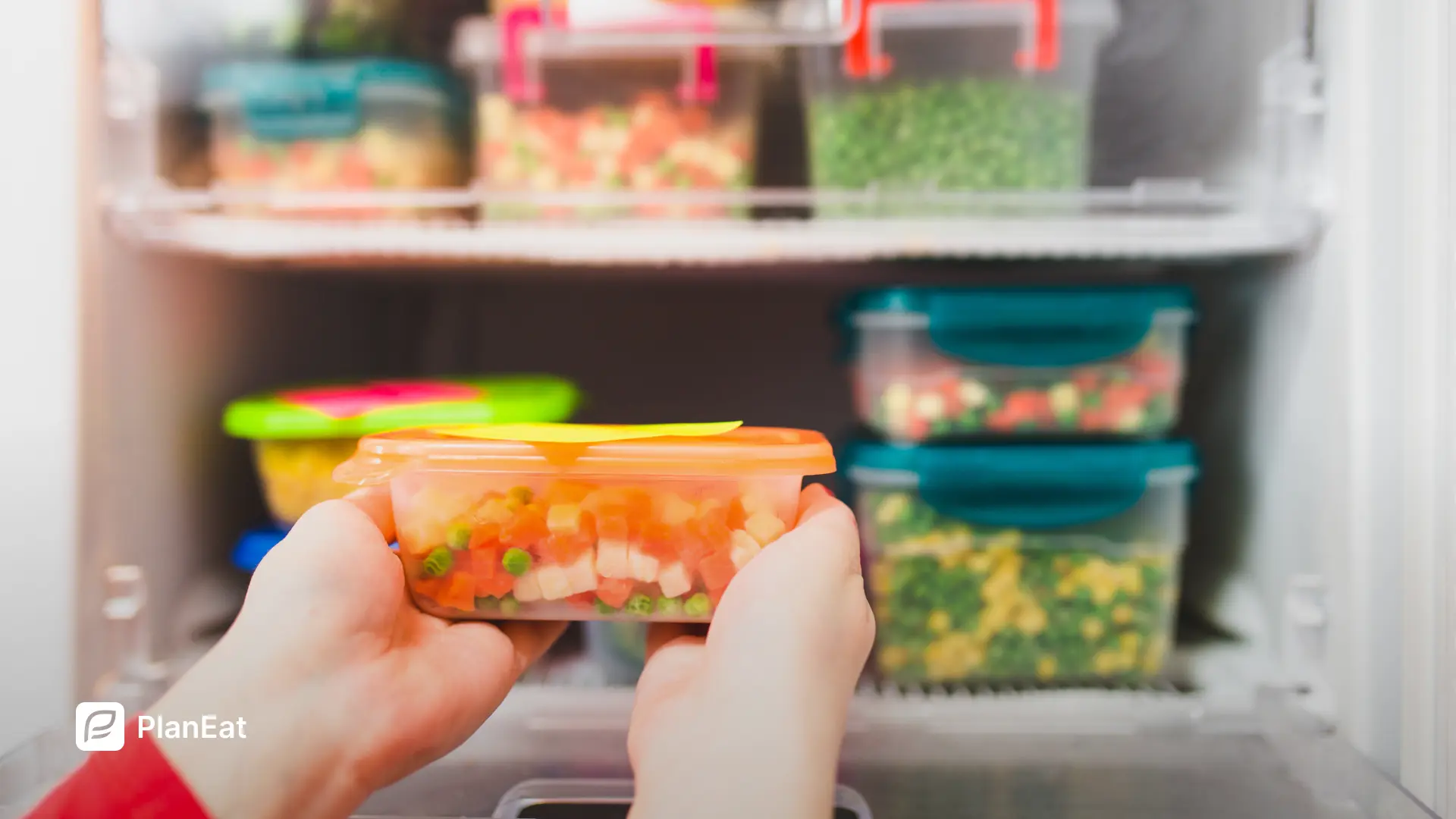
.webp)
.webp)
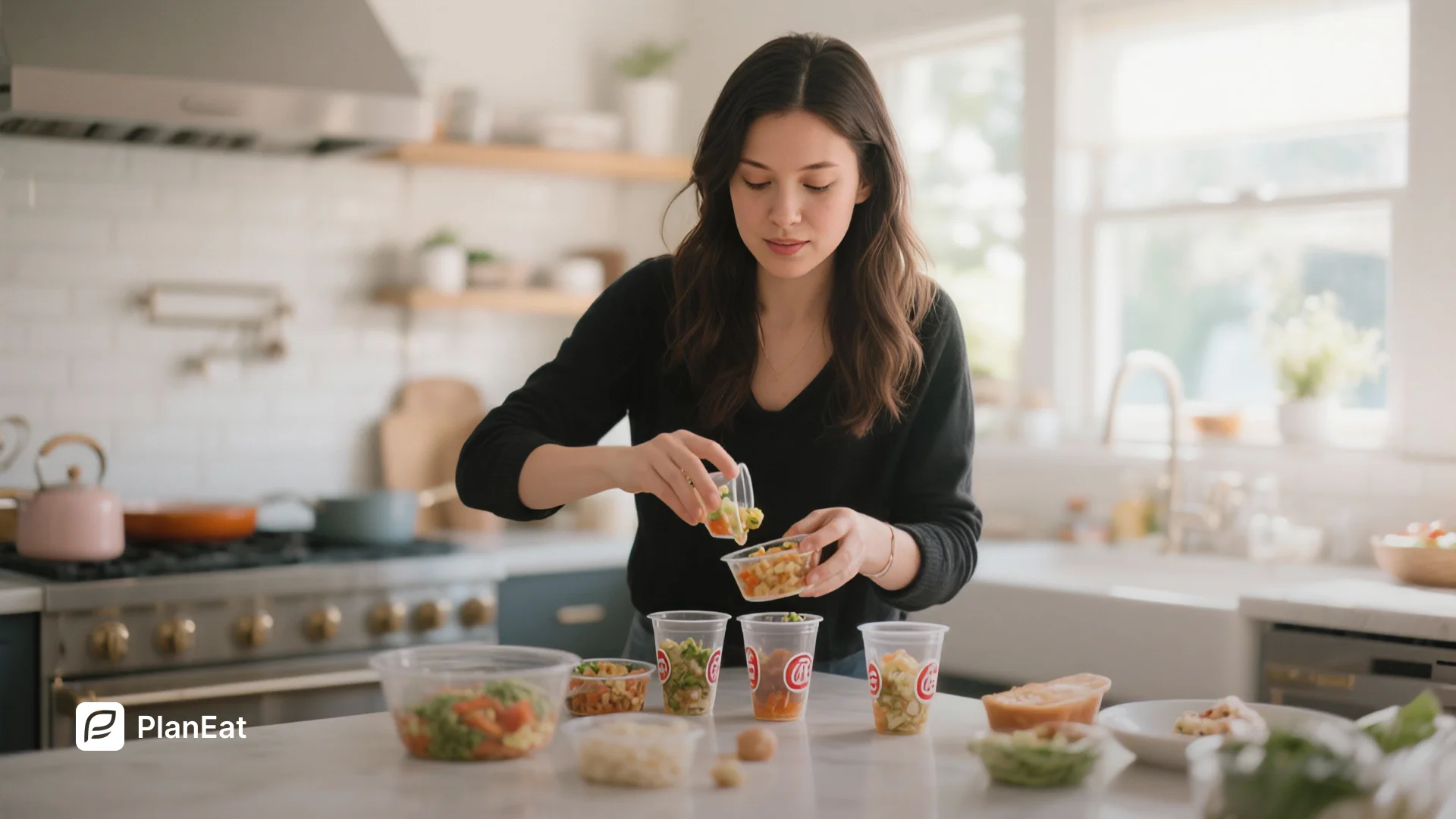
.webp)
.webp)
..webp)
.webp)
.webp)
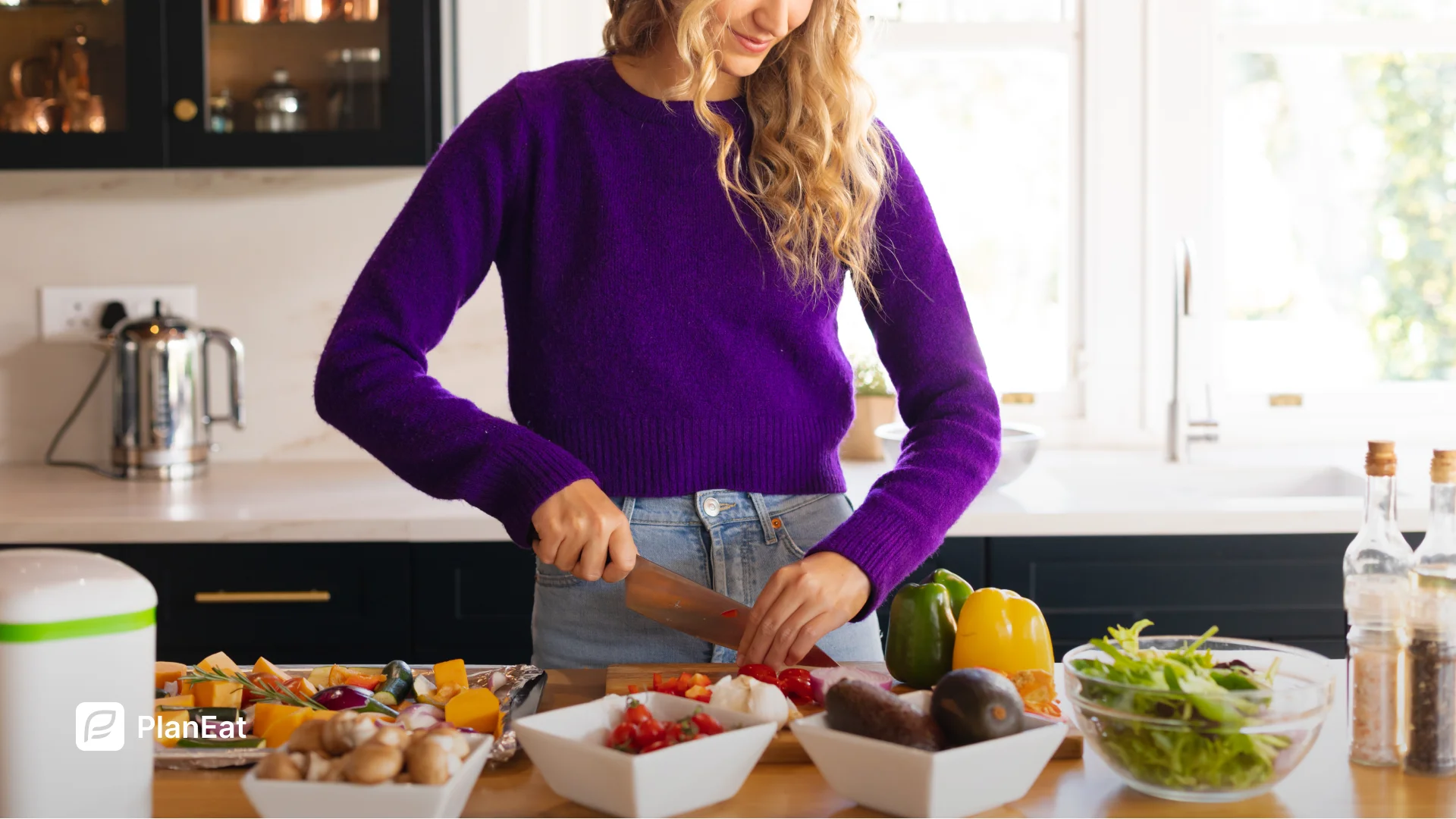
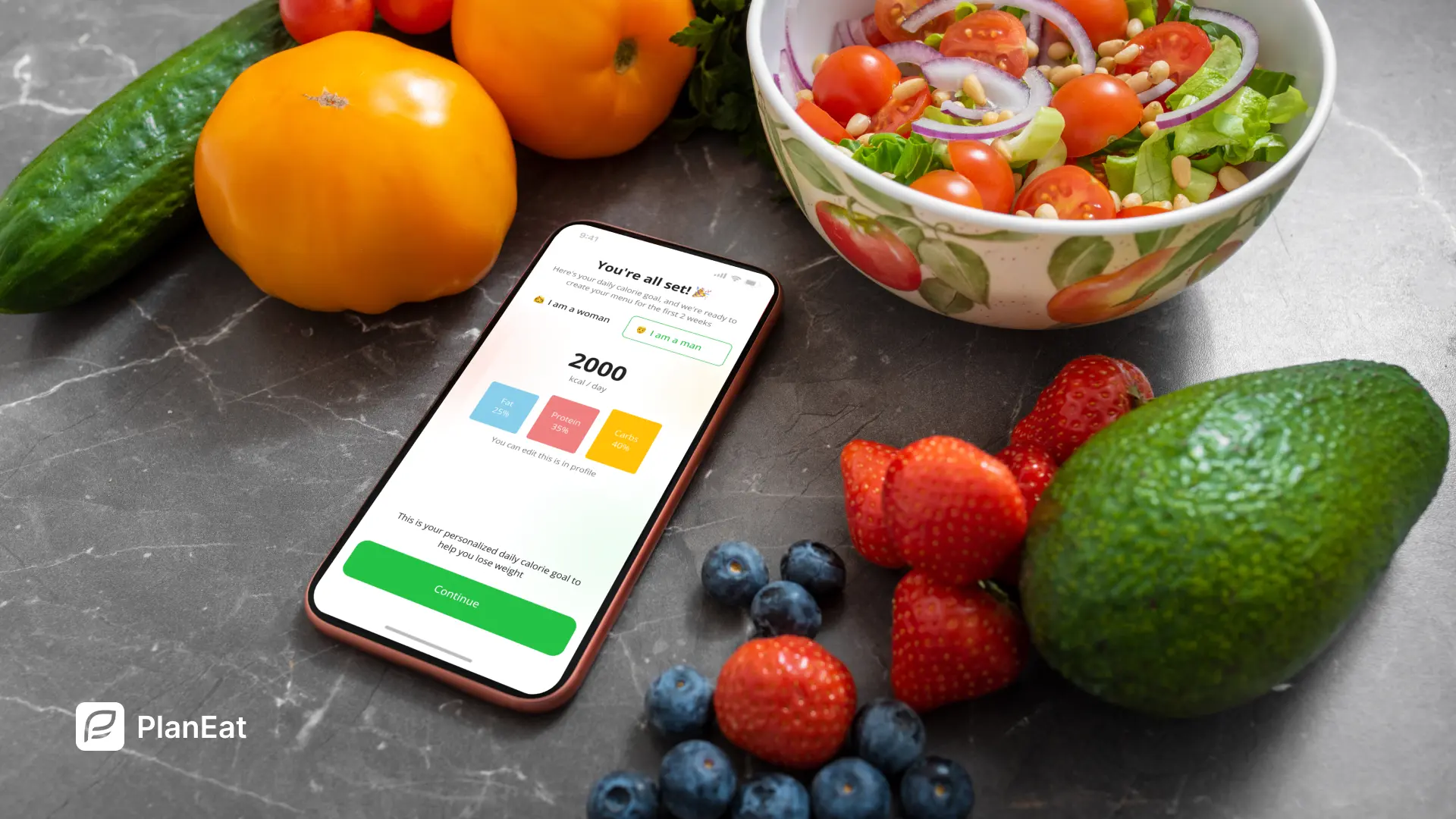
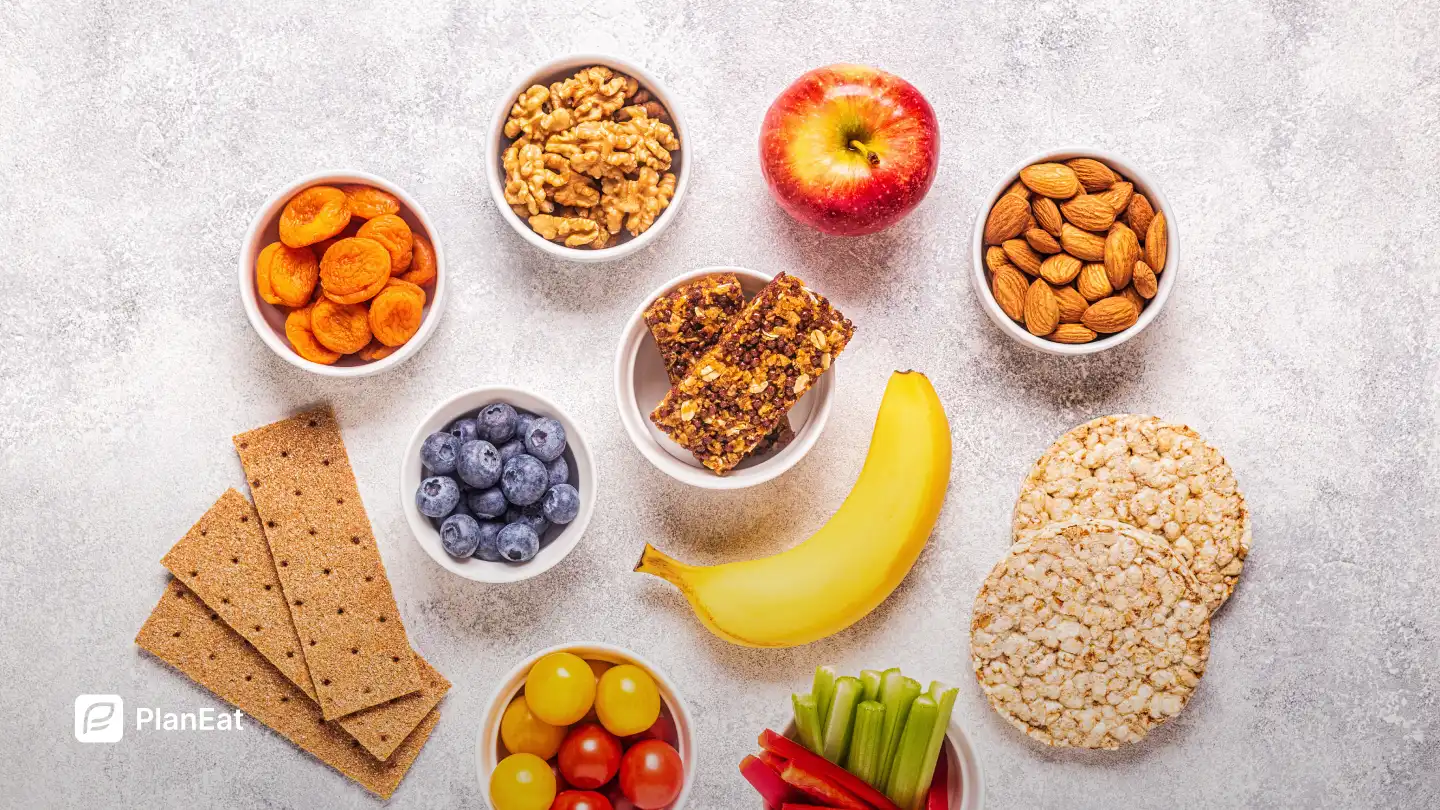
.webp)


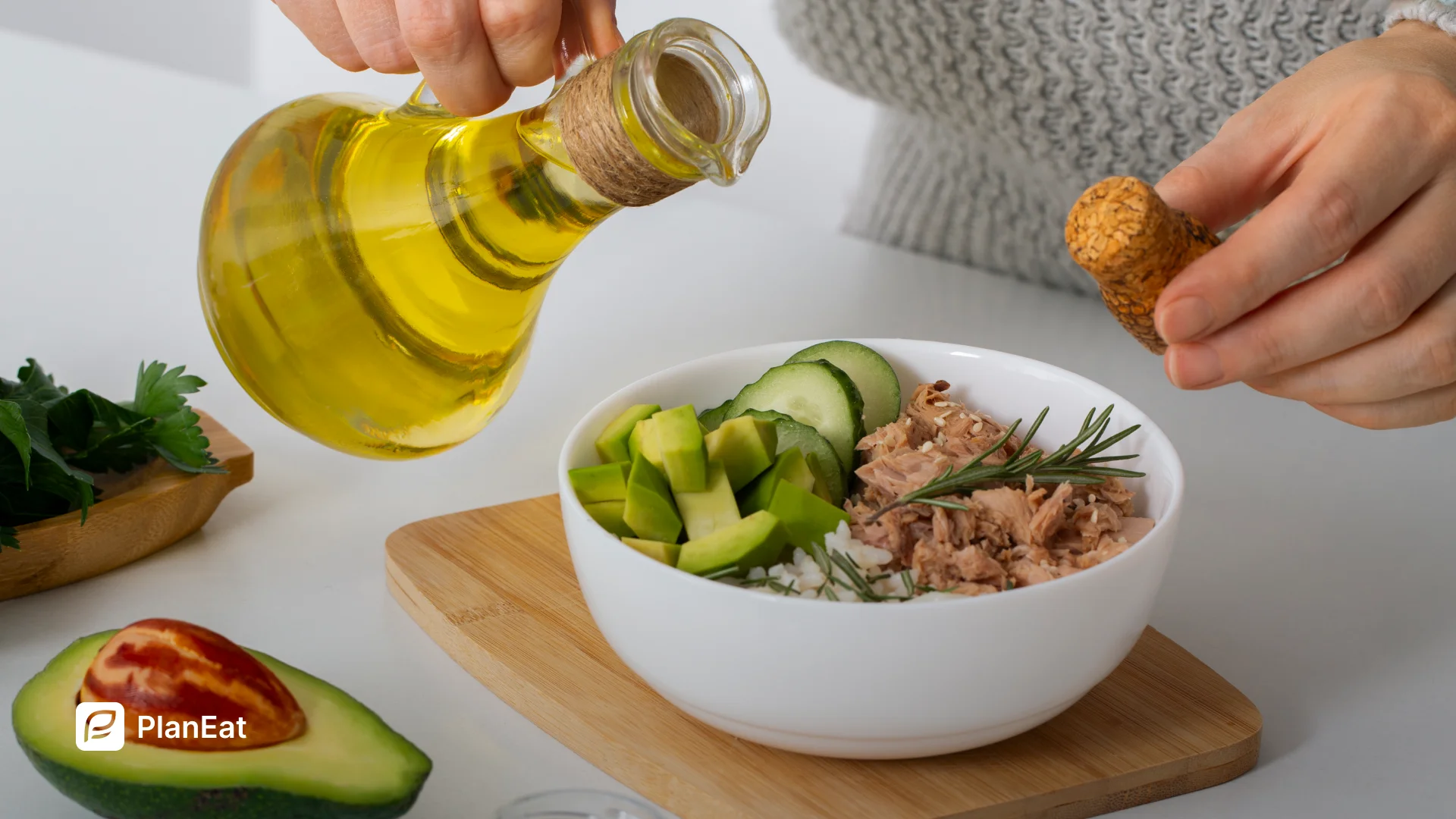
.webp)


.webp)
.webp)
.webp)
%20%2B%207%E2%80%91Day%20Menu.webp)
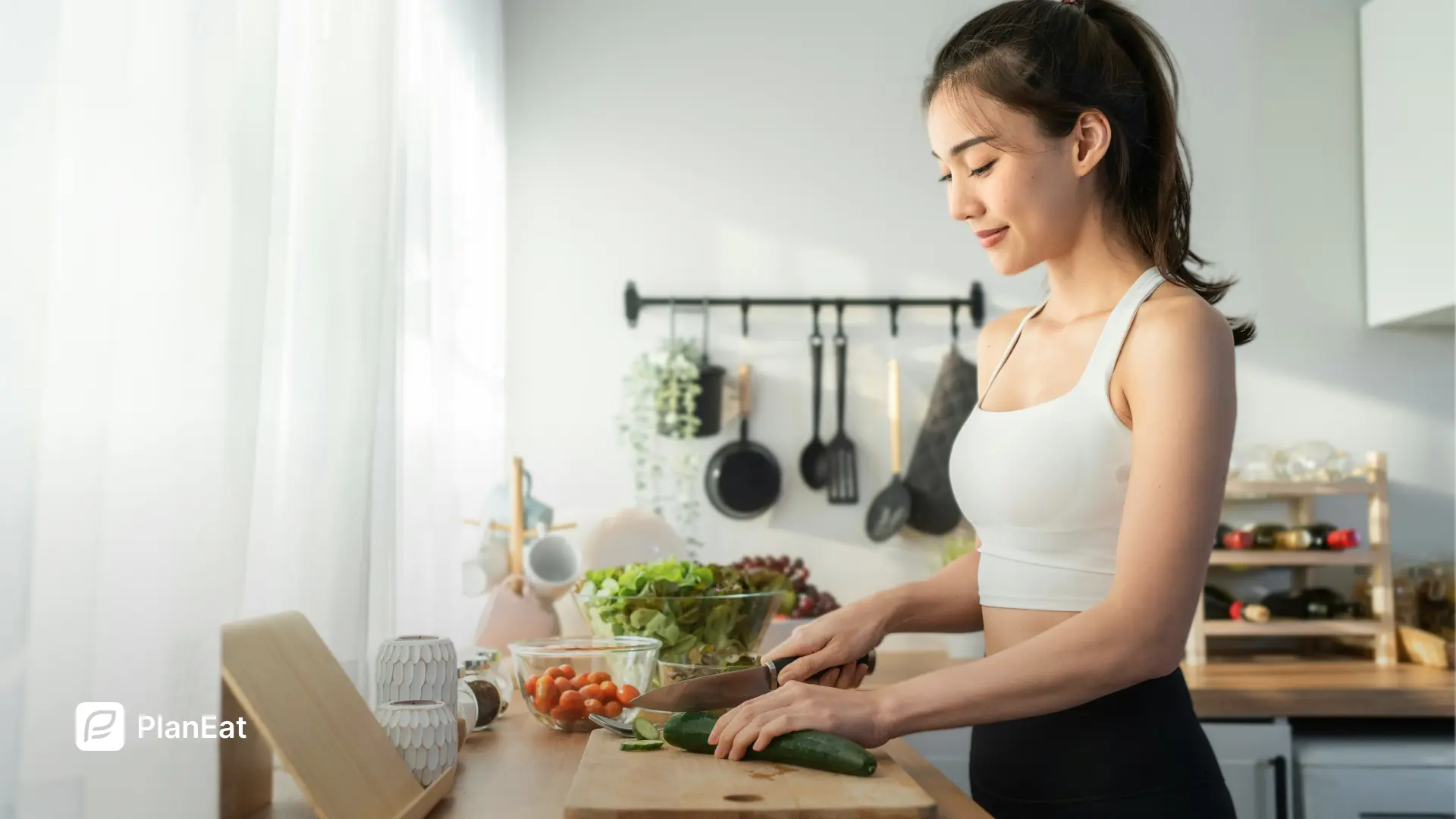



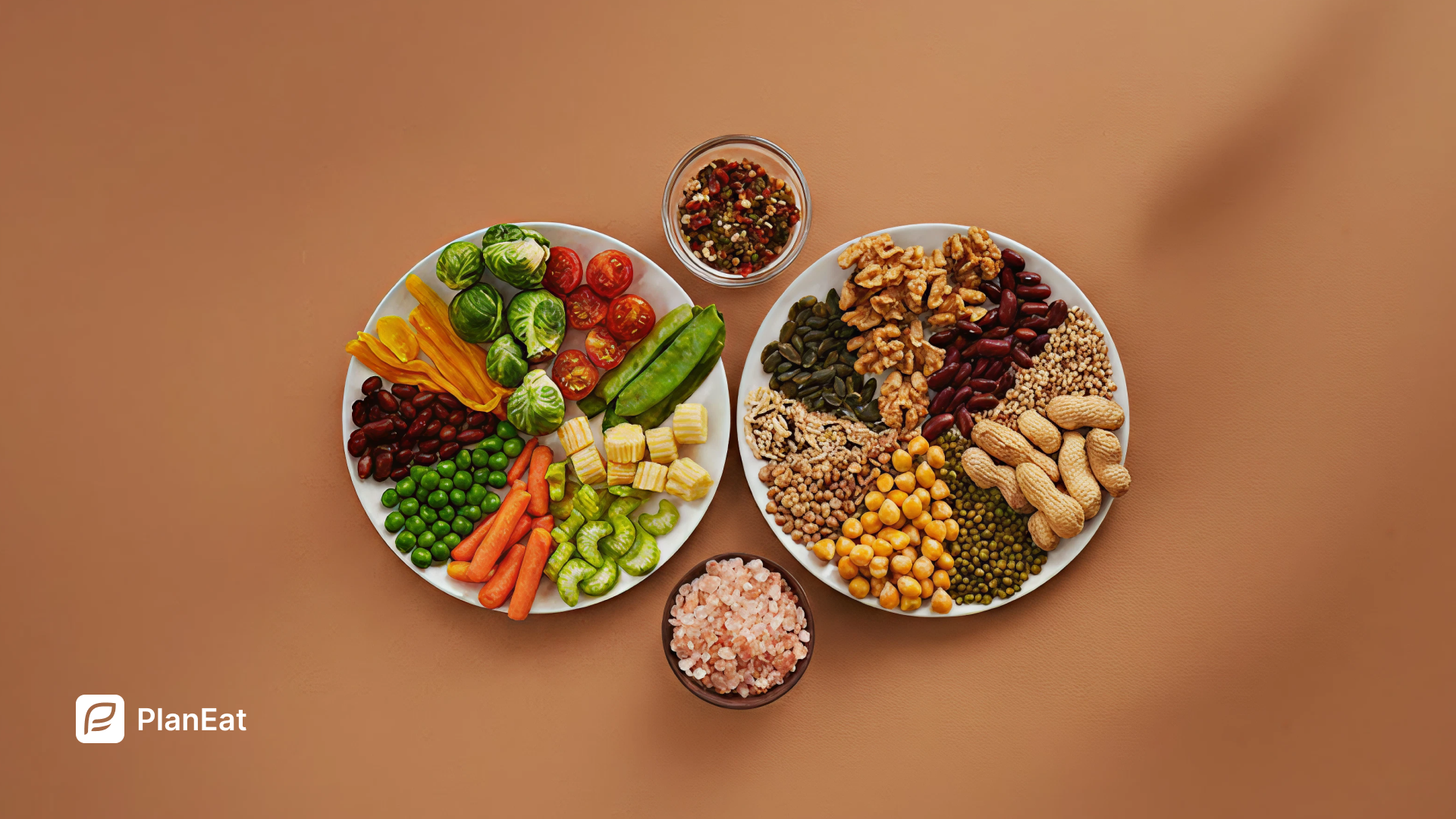
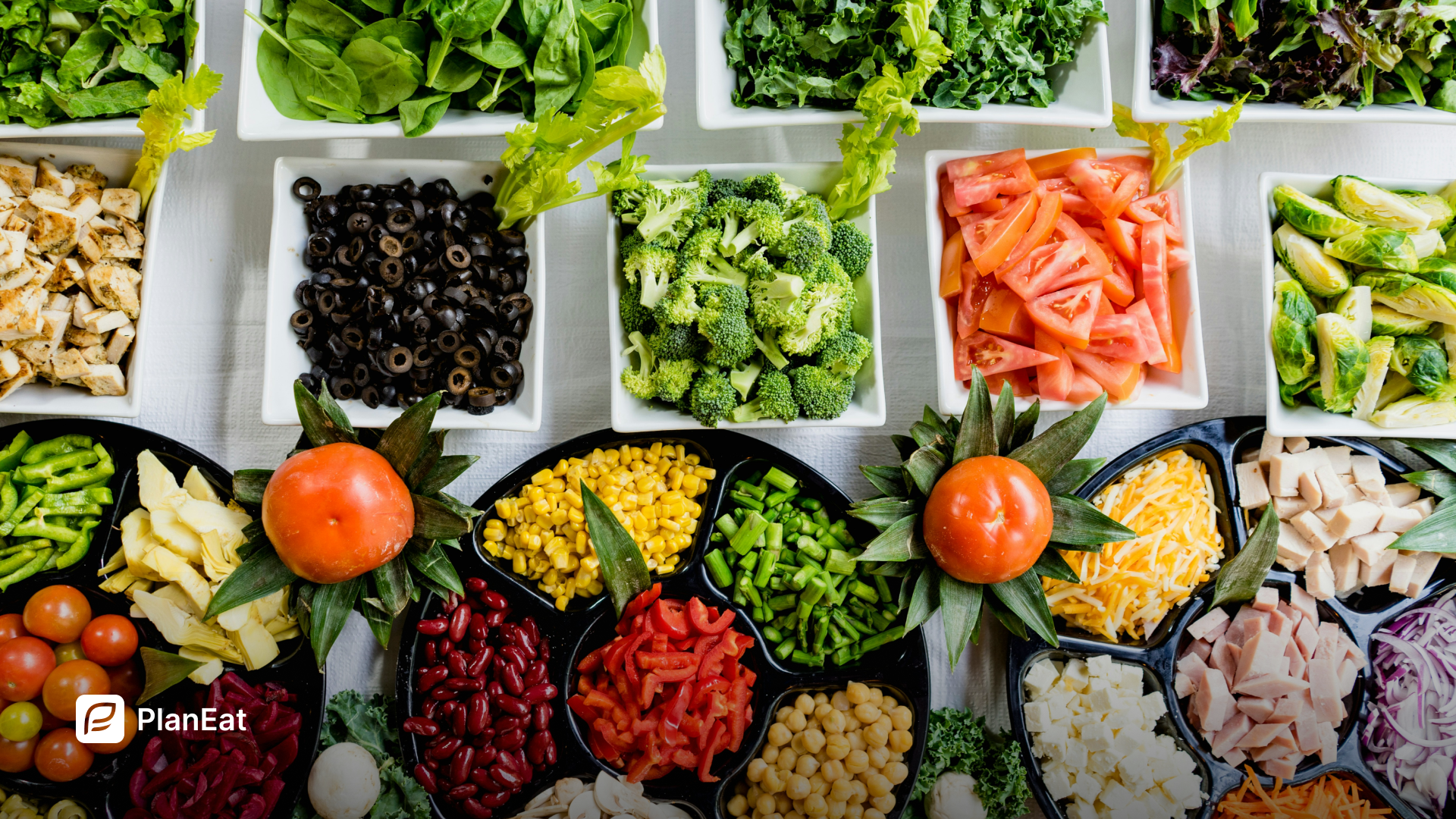
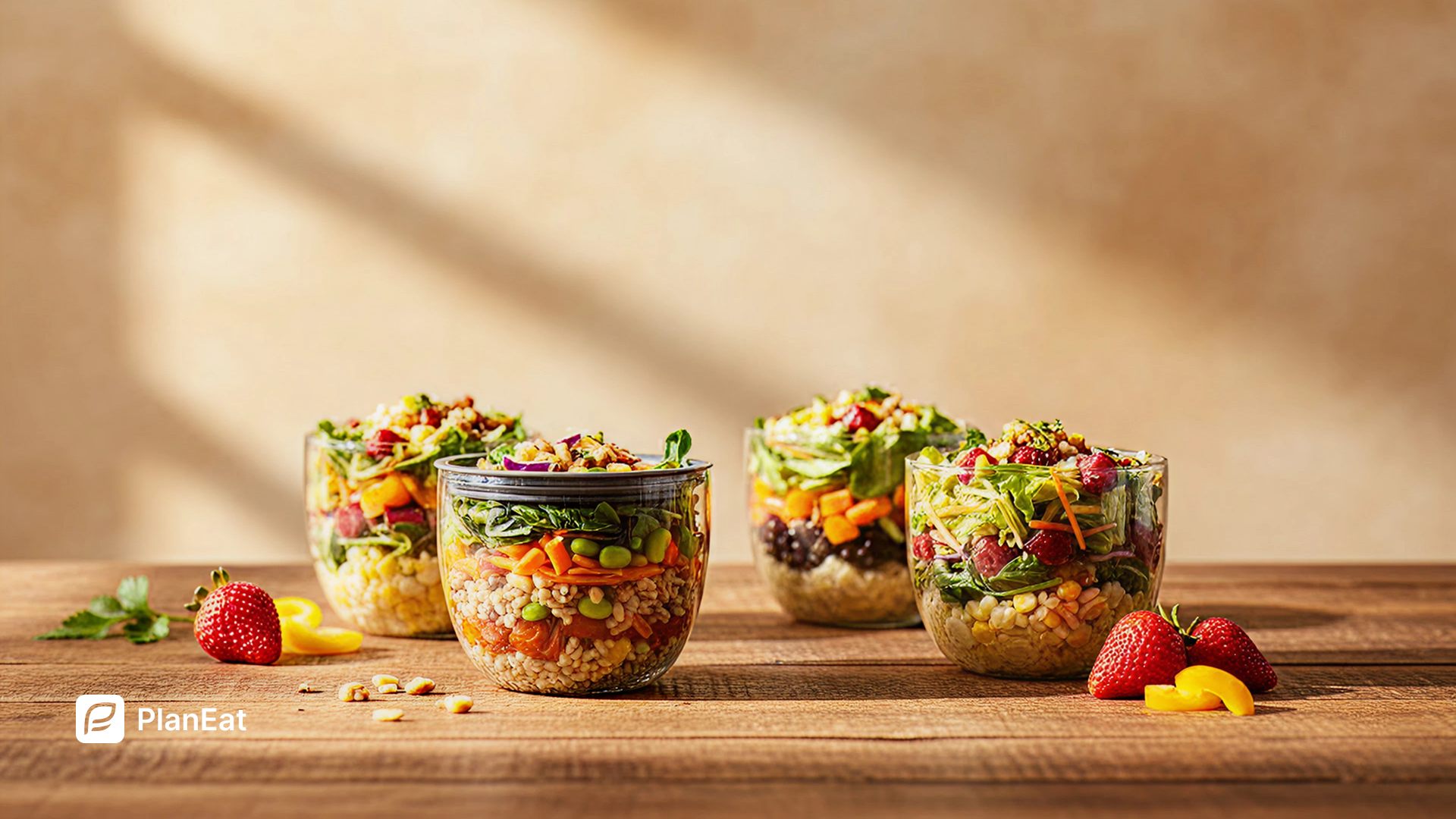

.webp)

